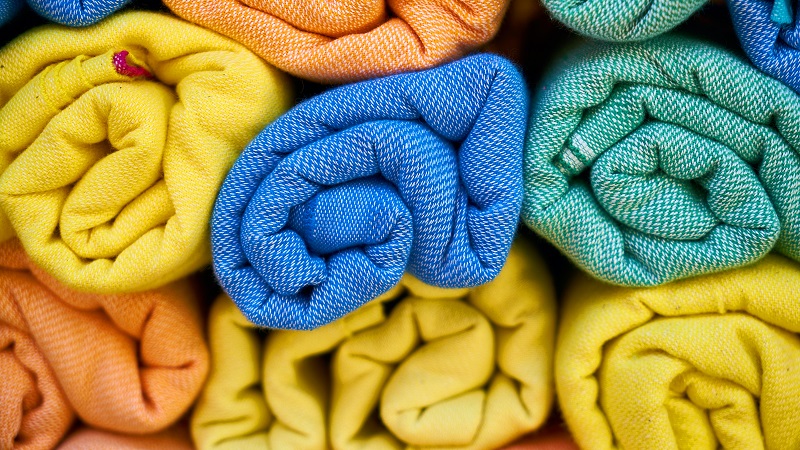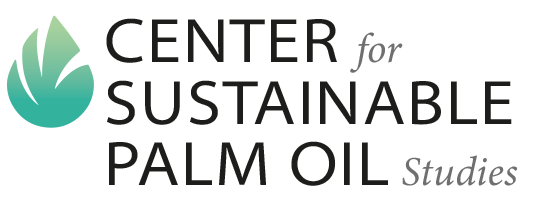
Few industries have suffered more in 2020 than retail and fashion. Topshop, Neiman Marcus, J.Crew and Lord & Taylor joined dozens of global fashion giants as victims of the COVID-19 crisis. The pandemic and consequent lockdowns triggered extraordinary challenges for the fashion industry amidst broken supply chains and decreased consumer spending which caused worldwide profits to decline 93%. The crisis has also exposed the inherent faults of fast fashion, with its dependence on cheap textiles and distant supply chains.
The fashion industry has traditionally operated on a model of exploitation which places profit above persons and planet. Brands routinely outsource production to manufacturers in Africa and Asia where workers face horrendous conditions, in which low-skilled, short-term and low-wage jobs are the norm and pristine forests are cleared to boost rocketing textile production. By outsourcing labour and relying on widespread supply chains, brands were unable to mitigate pandemic risks.
Whilst climate change is often synonymous with industries like meat, aviation and oil, the USD 2.5tn global fashion industry is responsible for 10% of the world’s carbon emissions, accounting for more emissions than the aviation and shipping industries combined.
‘Fast fashion’ trends cycle through a massive 52 ‘micro-seasons’ a year – with trends appearing rapidly, becoming oversaturated and then disappearing within as little as a week. In order to produce mass amounts of affordable clothes, retailers rely on petrochemical textiles to manufacture fabrics made from plastic materials (like nylon or polyester) and cellulosic fibres to produce fabrics made from plant materials (like rayon or viscose).
Research began to show that materials like polyester were polluting oceans with microplastics, shockingly contributing to approximately 35% of all microplastic pollution each year. Plant-based fibres were originally marketed as an alternative, eco-friendly option to plastic-based textiles. However, as consumers shifted towards cellulose fabrics, they unknowingly contributed to mass deforestation, particularly in ancient rainforests, where some 150mn trees are cut down annually in the name of fashion.
There is a major irony in trading one unsustainable commodity for another marketed as sustainable, when in reality it is equally or more destructive. When the cosmetic industry was criticised for its relationship with palm oil, a vegetable oil linked to deforestation, many companies switched to the use of coconut oil. Recent research shows that coconut oil requires five times more land than palm oil to produce the same amount of product. By demonising palm oil wholesale, instead of supporting sustainable palm oil which has contributed to record declines in the rate of deforestation among major producers like Malaysia over recent years, the makeup industry could now be contributing to even greater deforestation – a situation which, perhaps, will not sit well with consumers.
Indeed, sustainability is proving essential to survival in a more direct way. It is now known that deforestation is linked to an increase in zoonotic diseases. The COVID-19 pandemic is thus sparking consumers to re-evaluate their relationship with nature.
Two-thirds of consumers now believe it is even more crucial to minimise environmental impacts and 88% of consumers wish more was done to address pollution in the fashion sector. As a stark predictor of future sentiment, 90% of Gen Z consumers believe businesses have a moral responsibility to address social and environmental issues.
The green fashion revolution could not come soon enough. If fashion fails to become truly sustainable, the industry will contribute 26% of the world’s greenhouse gases by 2050, escalating the risk of future global crises.
As an entrepreneur who has launched her own sustainable fashion brand, I know first-hand that a circular fashion economy which ensures sustainable sourcing, manufacturing, distribution and recycling is possible. As the COVID-19 pandemic devastates the traditional ‘fast fashion’ industry titans, a new space is emerging to revolutionise the industry.
Brands can promote traceability and transparency in their production line if they reduce the geographical size of the supply chain. Rather than relying on cheap labour and suppliers, fashion brands can emphasise worker safety and business-to-business relationships which stabilise more localised supply chains. Sustainable practices reward and strengthen local communities.
This does not mean ‘greenwashing’ or a meaningless verbal commitment to sustainability. It means embracing a circular economy that is sustainable in framework and execution. A circular economy in fashion means ensuring that products and resources are sustainably sourced and comprised of eco-friendly materials, which stay in circulation as long as possible before being recycled into new products.
By Mariam Harutyunyan
Original link here: https://www.friendsofeurope.org/insights/fashion-must-embrace-the-green-revolution-to-survive-the-age-of-pandemics/


